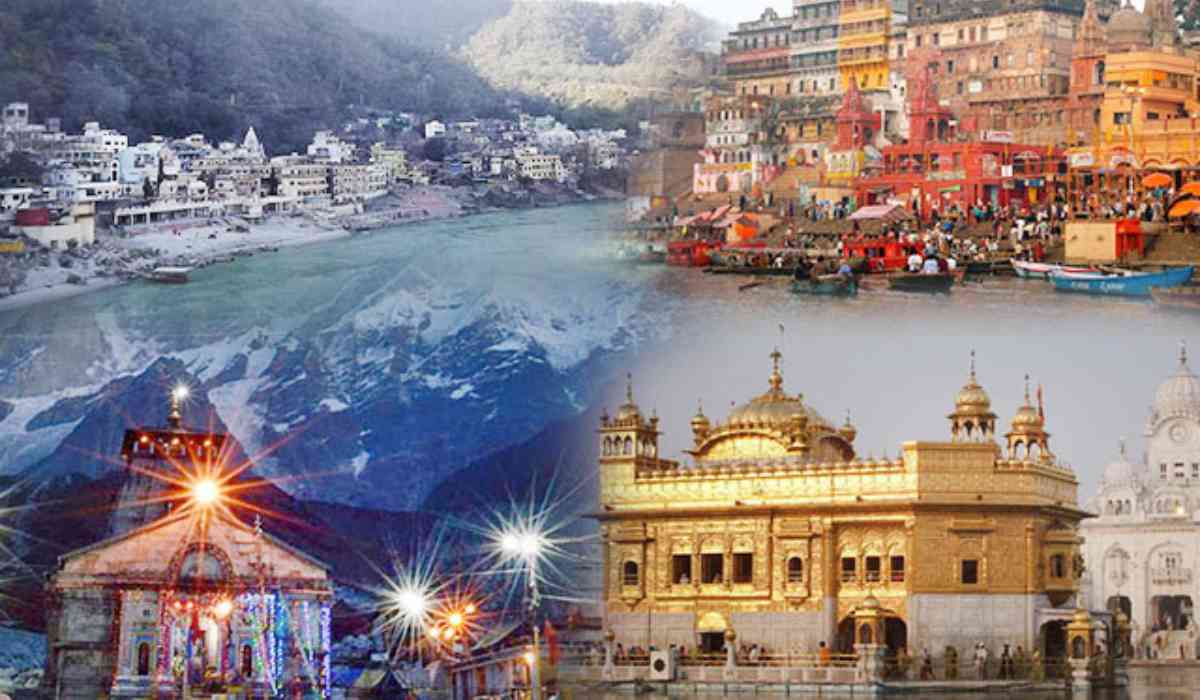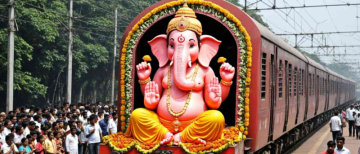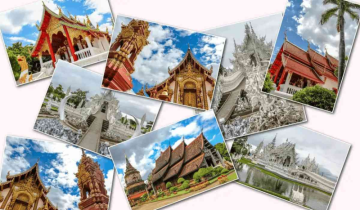India, a land steeped in spiritual traditions and cultural diversity, has long been a magnet for those seeking spiritual fulfillment. Recently, a significant trend has emerged: an increase in spiritual tourism among the younger generation, particularly Gen-Z. This demographic, known for its tech-savviness and quest for authentic experiences, is turning to India’s sacred sites and spiritual practices for personal growth and enlightenment. The Ministry of Tourism's data underscores this trend, showing a dramatic rise in the number of religious tourists and a substantial boost in revenue. From the ancient ghats of Varanasi to the tranquil ashrams of Rishikesh, India’s spiritual destinations offer rich cultural heritage and profound spiritual significance, perfectly aligning with the desires of young travelers.
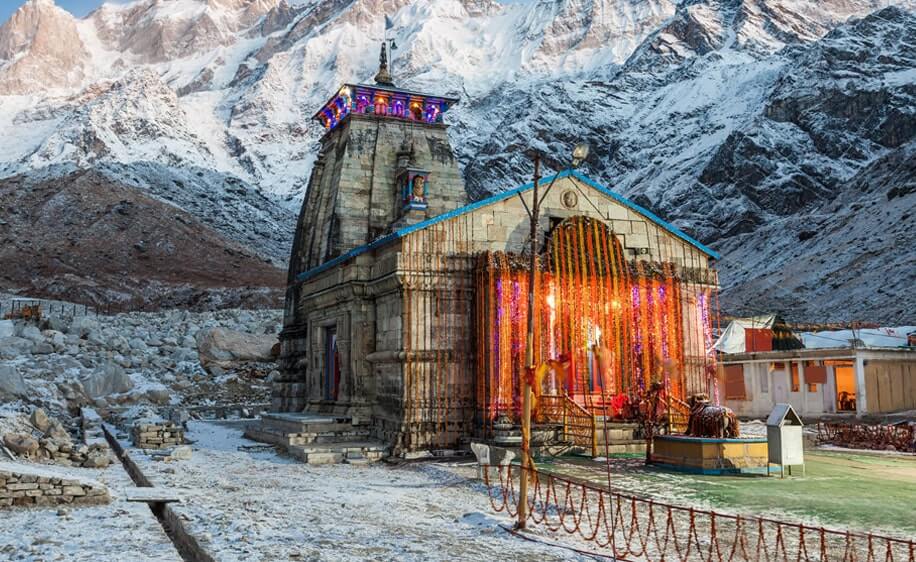
This article explores the multifaceted reasons behind the rise of spiritual tourism among Gen-Z in India, its economic impact, and the top destinations drawing these young seekers. As spiritual tourism continues to flourish, it not only bolsters the economy but also fosters cultural preservation and interfaith understanding, positioning India as a leading destination for those on a quest for inner peace and enlightenment.
Understanding Spiritual Tourism
Spiritual tourism, also known as religious tourism, sacred tourism, or faith tourism, encompasses two primary types: pilgrimage and education. Pilgrimage involves traveling for religious or spiritual purposes, while educational travel seeks to learn from diverse religious traditions, teachings, and practices at important religious sites. Spiritual tourism can manifest in various forms, such as pilgrimages to sacred sites, meditation retreats in monasteries, participation in religious festivals, and visits to places where significant religious figures or events took place.
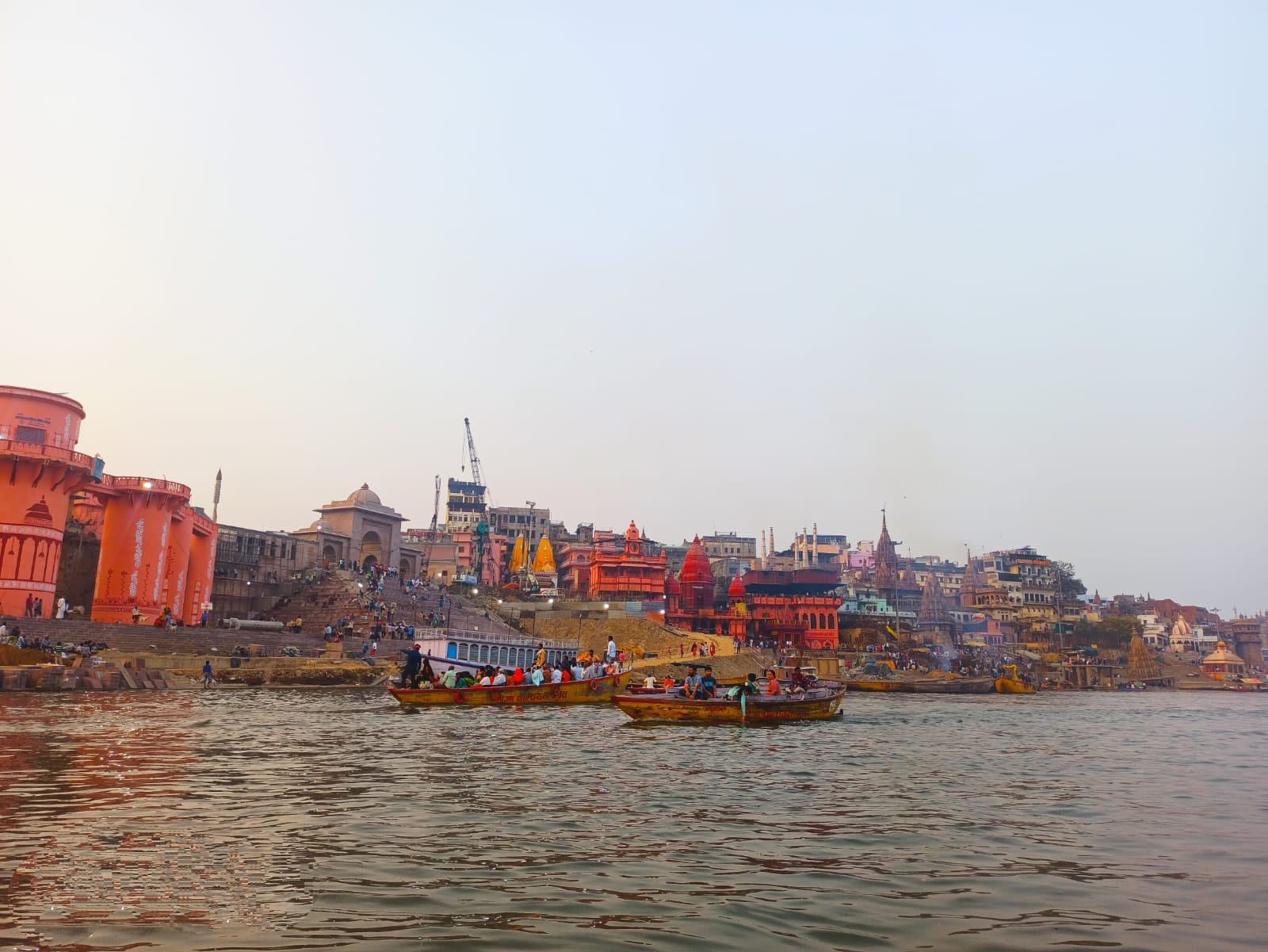
People engage in spiritual tourism for numerous reasons: seeking personal growth, exploring different religious traditions, or finding harmony between nature and sacred sites. Globally renowned destinations include Jerusalem, Mecca, Varanasi, Lourdes, and Santiago de Compostela. These journeys offer opportunities for self-reflection, cultural exchange, and spiritual nourishment, while also contributing significantly to the local economies of the visited destinations.
The Rise of Spiritual Tourism in India
According to the Ministry of Tourism, the number of people engaging in religious tourism in India soared to 1,439 million in 2022 from 677 million in 2021. This growth translated into revenues of US$ 16.2 billion (Rs. 1.34 lakh crores) in 2022, up from US$ 7.9 billion (Rs. 65.1 thousand crores) in 2021.
The COVID-19 pandemic had a significant impact on spiritual tourism, with travel restrictions and health concerns causing a decline in revenues in 2020 and 2021. However, as the situation improved and restrictions eased, the sector rebounded. By 2030, it is anticipated that over one hundred million people will be employed in jobs related to India's spiritual tourism, which is expected to be worth around US$ 59 billion by 2028.
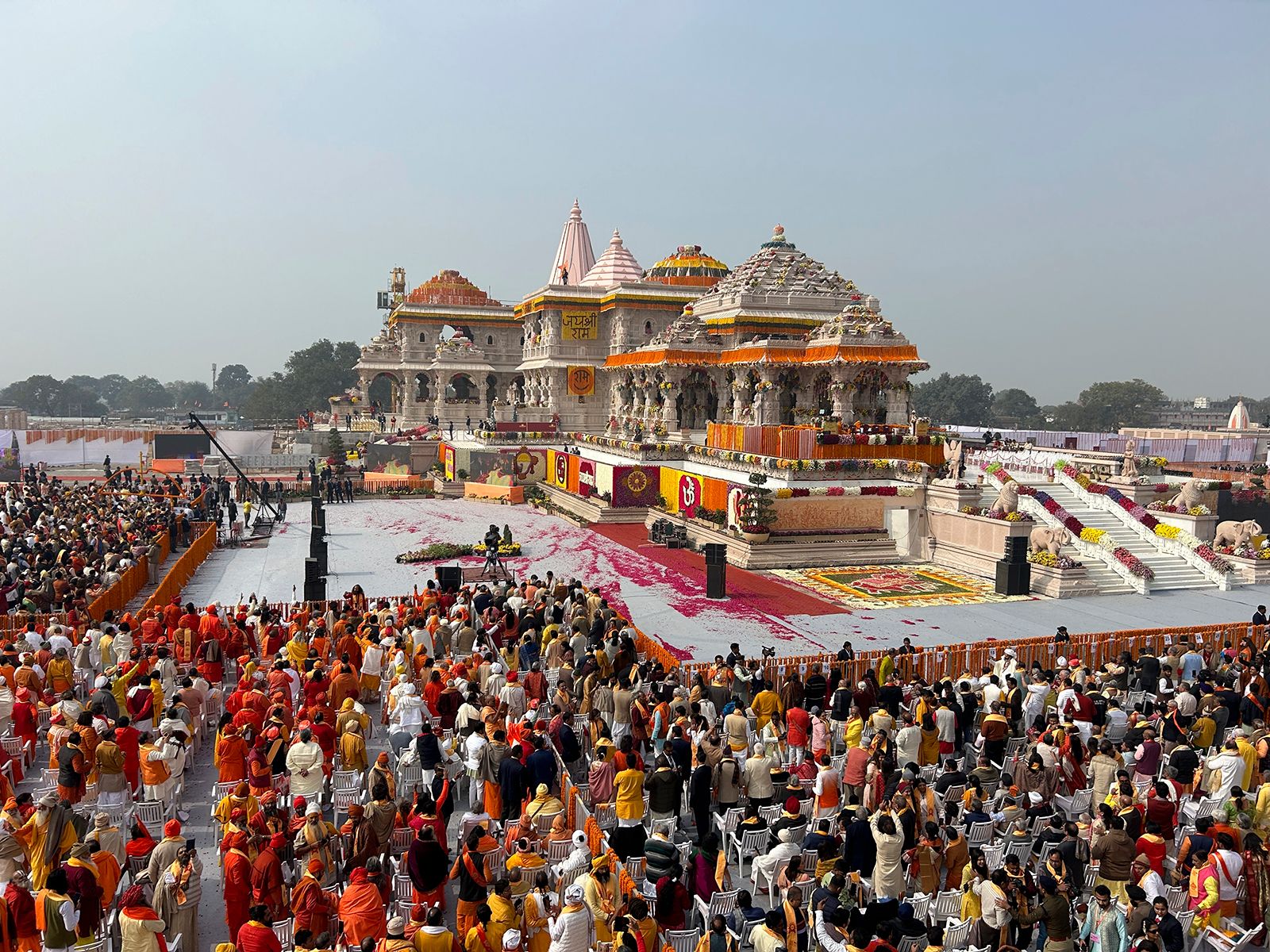
Reasons Behind the Rise in Spiritual Tourism among Gen-Z
Several factors contribute to the rise of spiritual tourism among Gen-Z in India. One major factor is the accessibility of digital platforms that provide comprehensive information, allowing young travelers to customize their spiritual journeys. This accessibility has empowered Gen-Z to engage in cultural enrichment and personal growth.
Additionally, there is a global trend towards wellness, mindfulness, and experiential tourism. Travelers are increasingly seeking authentic and immersive experiences that offer opportunities for personal growth and reflection. India's rich cultural heritage and profound spiritual significance cater perfectly to this demand.

The recent construction of the Ram Mandir has also fueled a surge in religious tourism. This significant Hindu temple attracts pilgrims and spiritual seekers globally, fostering a deeper appreciation for India’s spiritual heritage.
Bollywood Influence
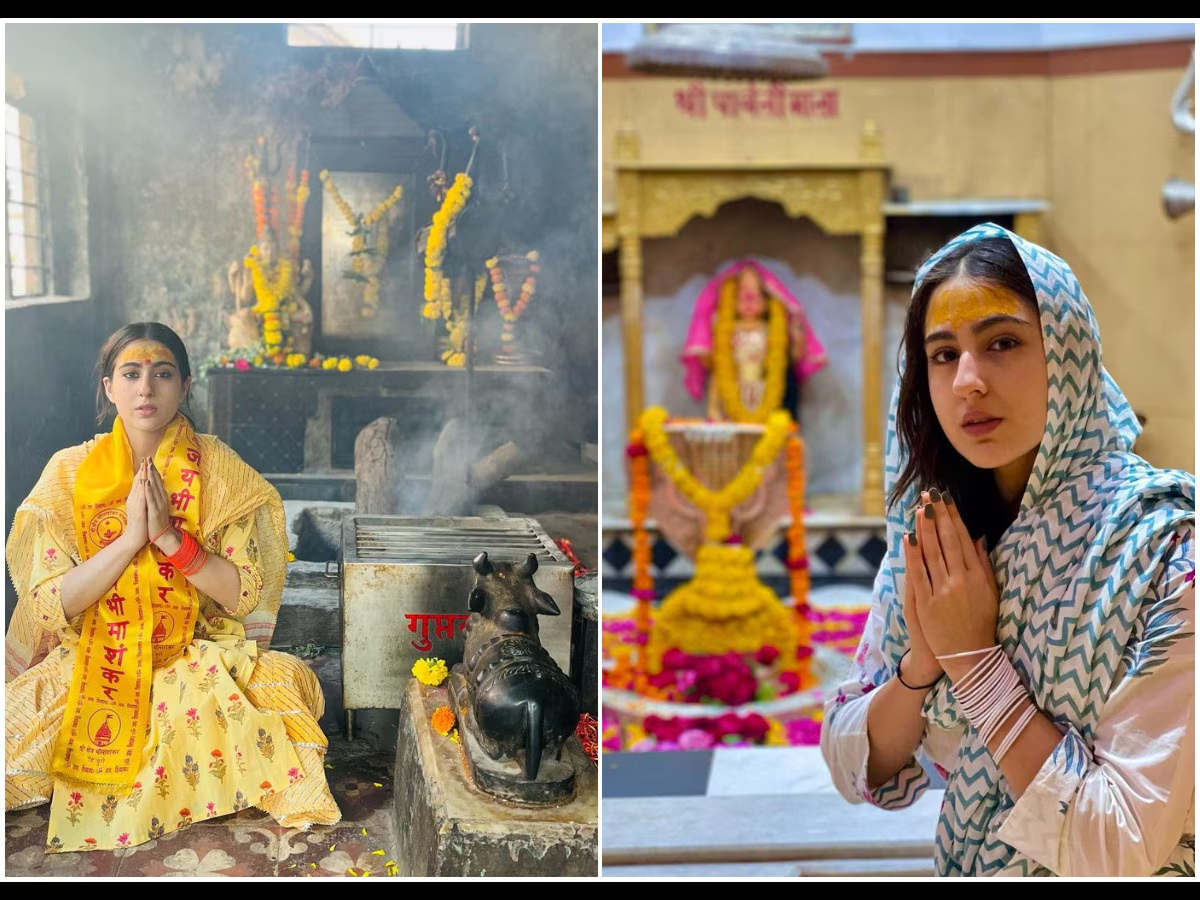
The influence of Bollywood celebrities cannot be overlooked. Young actors like Sara Ali Khan and Janhvi Kapoor, who are popular among Gen-Z, frequently embark on spiritual journeys across India. Their visits to spiritual destinations like Kedarnath, Tirupati, and Ujjain Mahakal are widely covered on social media platforms like Instagram and Twitter. Seeing their favorite celebrities engage in spiritual tourism makes it appear trendy and appealing to the younger generation.
Top Destinations in India for Spiritual Tourism
India offers a plethora of spiritual destinations, each with its unique significance and appeal. Here are some top destinations that attract Gen-Z spiritual tourists:
► Rishikesh, Uttarakhand: Known as the 'Yoga Capital of the World,' Rishikesh offers a serene environment ideal for meditation, yoga, and spiritual retreats. The presence of ashrams, the sacred Ganges River, and the tranquil surroundings make it a perfect destination for spiritual rejuvenation.
► Varanasi, Uttar Pradesh: Varanasi, one of the oldest inhabited cities in the world, holds immense spiritual significance for Hindus. The ghats along the Ganges River, the Kashi Vishwanath Temple, and daily rituals attract pilgrims seeking spiritual cleansing and enlightenment.
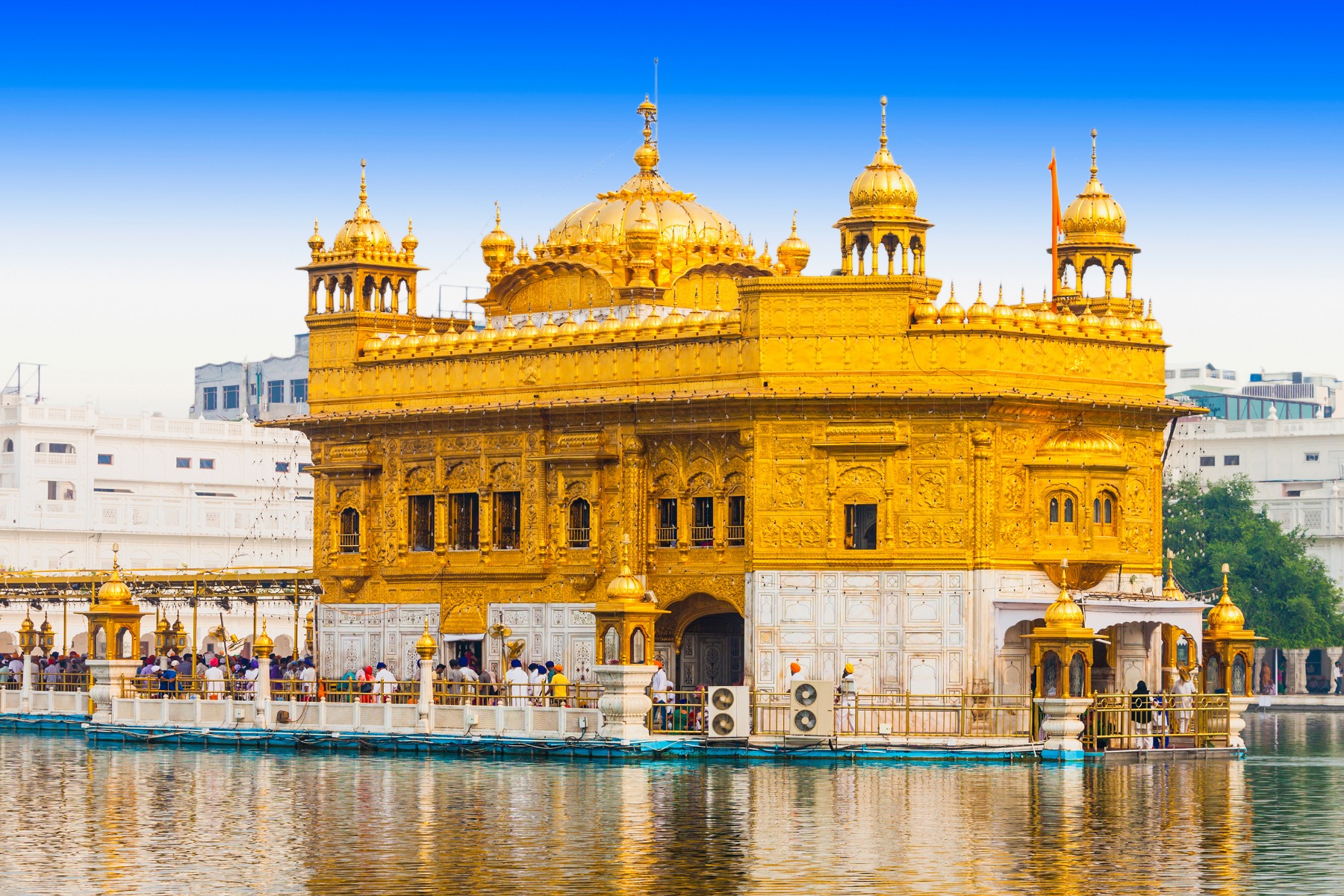
► Amritsar, Punjab: Home to the iconic Golden Temple, Amritsar is a spiritual hub for Sikhs. Visitors can participate in the langar (community kitchen), experience the peaceful ambiance of the Harmandir Sahib, and engage in spiritual reflection.
► Dharamshala and McLeod Ganj, Himachal Pradesh: Dharamshala, the residence of the Dalai Lama, and McLeod Ganj, known as 'Little Lhasa,' are centers of Tibetan Buddhism. The serene monasteries, including the Namgyal Monastery, offer opportunities for meditation and teachings on Buddhist philosophy.
► Ayodhya, Uttar Pradesh: With the recent completion of the Ram Mandir, Ayodhya has become a significant destination for spiritual seekers interested in exploring Hindu mythology and heritage.
Economic Impact and Prospects
The rise in spiritual tourism has profound economic implications for India. The influx of spiritual tourists boosts local economies by creating jobs, generating income, and promoting the development of infrastructure. As spiritual tourism continues to grow, it is anticipated that it will contribute significantly to the Indian economy.
By 2030, the spiritual tourism sector is expected to employ over one hundred million people, both in temporary and permanent jobs. The sector's value is projected to reach US$ 59 billion by 2028. These encouraging figures highlight the sector's potential and underscore the need for government and stakeholder intervention to further accelerate its growth.
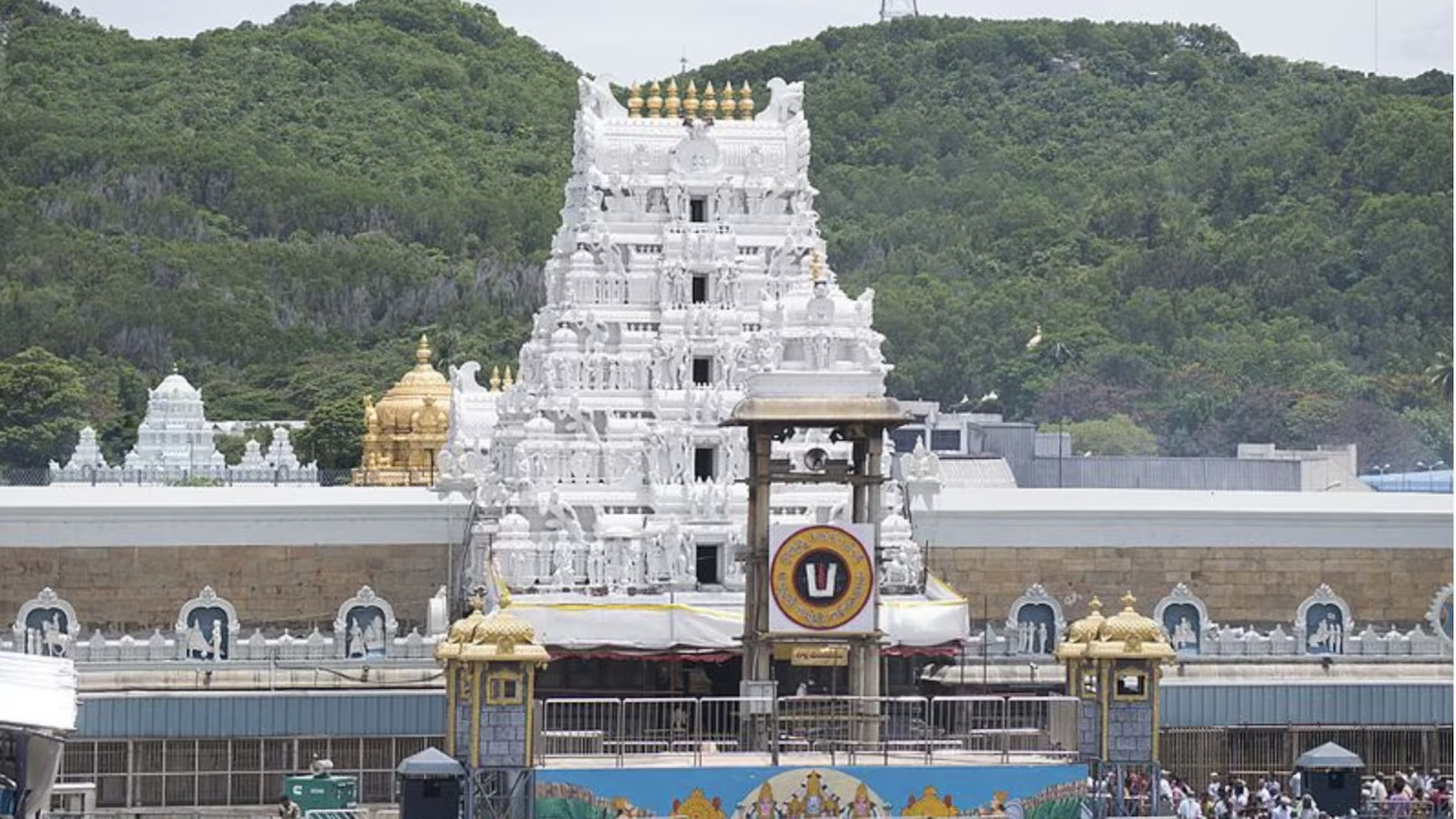
Cultural Heritage Preservation
Spiritual tourism also plays a vital role in preserving cultural heritage. The influx of tourists to spiritual sites necessitates the maintenance and restoration of these sites, ensuring their preservation for future generations. This, in turn, fosters a greater understanding and appreciation of India's diverse spiritual traditions.
The New Wave
The rise of spiritual tourism among Gen-Z in India is a multifaceted phenomenon driven by a combination of digital accessibility, global wellness trends, and the influence of popular culture. This trend not only contributes significantly to the economy but also promotes cultural heritage preservation and fosters greater understanding between different faiths. As more young travelers seek authentic and immersive spiritual experiences, India, with its rich spiritual heritage, stands poised to remain a leading destination for spiritual tourism. The continued growth of this sector will undoubtedly have lasting impacts on the economy, local communities, and cultural heritage, making spiritual tourism an integral part of India's tourism landscape.
Inputs by Agencies
Image Source: Multiple agencies
Ⓒ Copyright 2024. All Rights Reserved Powered by Vygr Media.

